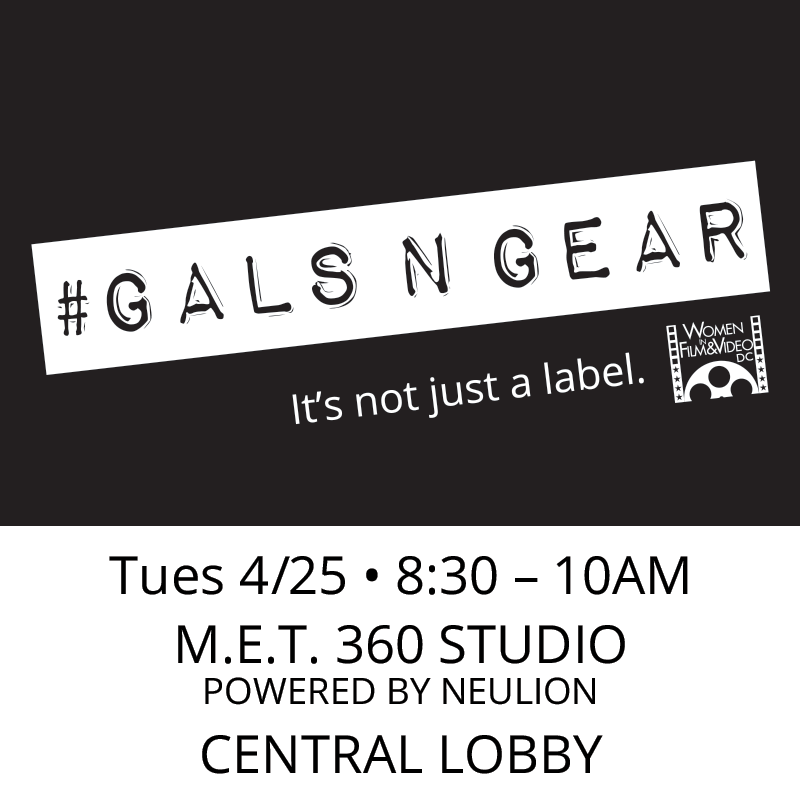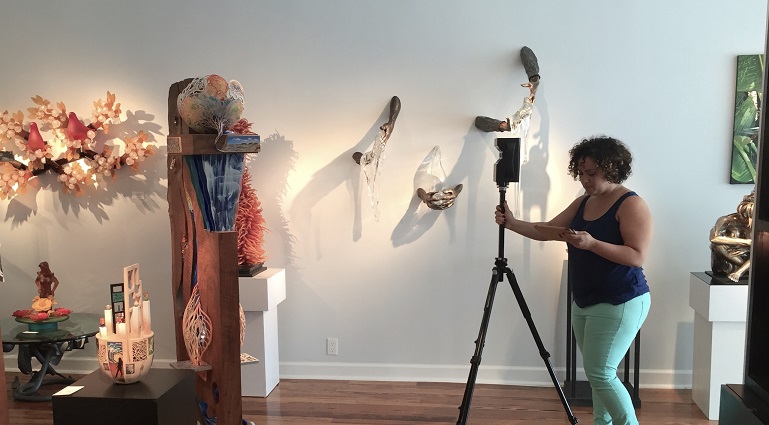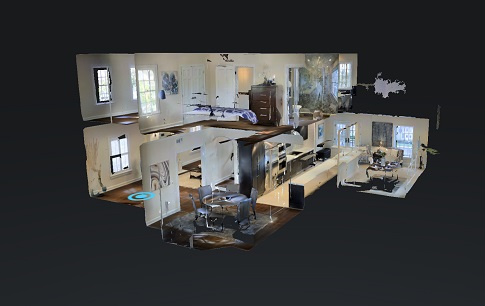I was lucky to learn investing fundamentals from my dad, who was a Wall Street economist. Not all girls are so lucky. But investing in myself—now that was a lesson I learned from other women. A friend recently recommended The No Club: Putting a Stop to Women’s Dead-End Work and it really resonated with me. Women’s calendars are full to the brim, but much of what is there is not for our own self-care or professional development for those working outside the home (as well as inside). Why? We don’t say “No” enough in order to say “Yes.”
When I invite women to attend one of our #GALSNGEAR leadership events, or speak on a panel at a professional conference, 75% of the women say they’d love to but don’t have the time. The ones who accept our offer always rave about the insights they learn and valuable connections they make. Colleagues share similar challenges booking women to speak or even attend high profile learning sessions and networking events.
In their book, Linda Babcock (bestselling author of the negotiation groundbreaker Women Don’t Ask), Brenda Peyser, Lise Vesterlund, and Laurie Weingart—the original “No Club”—document how women take on many tasks that sap our time and attention, but don’t propel us where we want to go. Some colleagues and I got on this topic recently. Dropping her voice, as if anyone in the restaurant would care, my friend mentioned that the women in their office are often the ones taking the time to clean up after meetings. That’s a great example of what the No Club call “non-promotable tasks” (NPT’s)—ones that are valuable to others but not to our own goals. Another classic NPT women tend to take onto their already busy plates is time-consuming committee work.
When my kids were small, I used to avoid any PTA committees that spent time reinventing the wheel (“how should we organize this year’s book sale?”) in favor of those with a clear plan of action (“we have 3 tasks to pull off the band/orchestra awards dinner this year, which one can you do?”). I’d try to volunteer for tasks with a clear start and finish line and few, if any, meetings. Like running the class Halloween Party. (Pro tip: Buy 4 strings of orange LED lights and 3 extension cords, 8 rolls of toilet paper for the “mummy roll” game, popular snacks include “bones” made out of mini marshmallows on each end of a pretzel stick and a bowl of clementines “brains” —prep time including shopping for the first Halloween: 2.5 hrs; after that: 1 hr.)
When we were raising money for a new school auditorium—don’t get me started on why a public school community would need to do this—there were, of course, plentiful committees for selling wrapping paper, pizza dough, etc. At the time, my focus was on running a successful small business along with plentiful extracurricular priorities like my kids’ sports and my music. So when there was a gap in funding of about $5,000, I landed a meeting with a local developer and convinced him to part with a minimum of $2,500 plus a matching campaign for every dollar our community spent at his local shopping mall. Luckily we were heading into the holidays, so in a few weeks I was able to bring the fundraising chair a check for $5,500. I was able to reinforce some important relationships in my community and help a cause I cared about. No committee meetings required.
 My point isn’t to never to take on volunteer work or additional office responsibilities. It can be a great way to meet new people and develop long-term relationships. My point is that women often burn out because we invest in others first, taking on excessive numbers of NPT’s. We forget to invest in ourselves. Or, as one of my friends puts it, “put on your own mask first before assisting others.”
My point isn’t to never to take on volunteer work or additional office responsibilities. It can be a great way to meet new people and develop long-term relationships. My point is that women often burn out because we invest in others first, taking on excessive numbers of NPT’s. We forget to invest in ourselves. Or, as one of my friends puts it, “put on your own mask first before assisting others.”
So for Women’s Empowerment Month, my hope is that you encourage the women you know to offload some NPT’s in favor of more valuable time investments. This month, my #GALSNGEAR colleagues and I are producing an exciting panel discussion and networking event during SXSW and a leadership development program focused on networking and negotiation skills, along with several other networking opportunities during NAB Show. We are also onboarding a cohort of young women college students to mentor in their journeys to careers in media. Because mentoring them is just as rewarding and important to our careers as it is to theirs.
My hope is that women will join us this month in investing time in our own priorities, career goals and futures.
Photos by Nelson Ramirez, Ervinas Media.

















 4. Have an Evening Food Strategy – Are you sensing a theme here? Since I’m feeding myself on my own dime during NABShow, I try to skip the overpriced strip restaurants for many meals. These are some of my all time favorites as well as places I still want to explore. Let me know if you want to grab a bite!
4. Have an Evening Food Strategy – Are you sensing a theme here? Since I’m feeding myself on my own dime during NABShow, I try to skip the overpriced strip restaurants for many meals. These are some of my all time favorites as well as places I still want to explore. Let me know if you want to grab a bite!
 nds of dollars worth of cool stuff! We want to be sure these professionals get the limelight they deserve, and inspire the next generation of women working behind the lens in our industry.
nds of dollars worth of cool stuff! We want to be sure these professionals get the limelight they deserve, and inspire the next generation of women working behind the lens in our industry.





